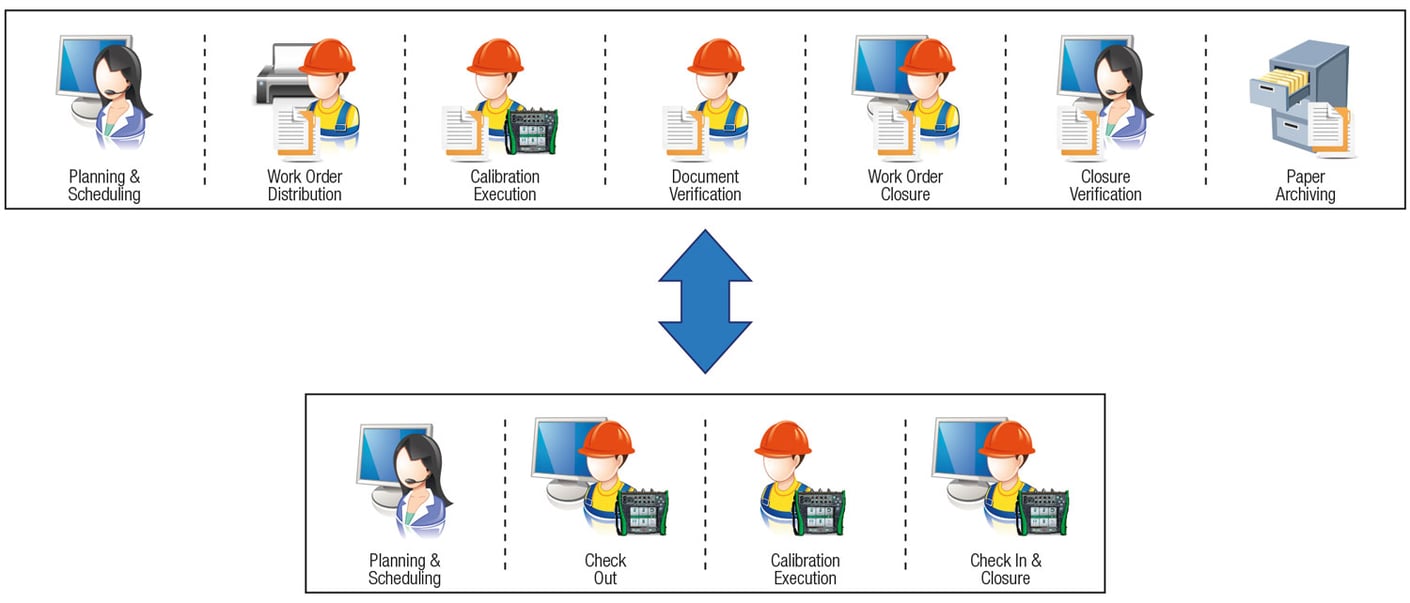
Figure 1. The calibration process with and without a documenting calibrator.
Let’s face it, for the most of us, documentation is not the most exciting thing to do.
But when you calibrate your process instruments, it is important to document the calibration results, otherwise the calibration is a wasted effort. Instead of documenting the calibration results manually with pen and paper, wouldn’t it be nice if the calibrator would do all the documentation automatically? Sounds interesting? In this post I will talk about Documenting Calibrators that will automate the documentation of your calibrations.
So, what is a Documenting Calibrator?
To start with, a calibrator or process calibrator is a test equipment that is accurate enough for you to use for calibrating your process instruments. The calibrator needs to have a valid calibration that is traceable to your National standards, to enable you to perform traceable calibrations of your process instruments.
What makes it documenting?
- Firstly, in my definition a calibrator is documenting if it can save the calibration results into its memory during the calibration, so that there is no need to for manual documenting of the calibration results.
- Secondly, a documenting calibrator should also be able to communicate with a calibration software, in order to transfer the calibration results electronically from its memory into the calibration software. The communication should also work the other way around, i.e. the calibration software should be able to send information about the work that needs to be done into the calibrator.
How is the calibration process different when using a documenting calibrator vs. when using a non-documenting calibrator?
Calibration process without a documenting calibrator:

If you don’t use a documenting calibrator, then the steps in your calibration process are typically:
- Your planning & scheduling tool tells you that it is time to go and calibrate certain instruments.
- You print out the work order on a paper and distribute it to the proper department/person.
- The calibration tech goes out into field and performs the calibration.
- The calibration tech documents the calibration results with pen and paper.
- When the calibration is done, the work order can be closed
- The result is checked/verified.
- The calibration results are archived.
You say you don’t archive paper results, but you have a calibration software?
Well, if you have a calibration software where you manually type in the results after you get back to computer - that is just another error prone case of manual entry of results and additional time spent, so not a very good process.
Calibration process with a documenting calibrator

If you are using a documenting calibrator together with a calibration management system supporting it, your process is more streamlined:
- The calibration work is planned and scheduled in the calibration management software (or the maintenance management system that the calibration software is linked to).
- The work orders are sent electrically into the documenting calibrator.
- You perform the calibration with the documenting calibrator, results being automatically saved into the calibrator’s memory.
- Finally, you receive the results from the calibrator electrically into your calibration management software. The results are automatically stored into the data base (and your maintenance management system is automatically notified).
BAM! You did the calibration and the documentation was done automatically!
Why use a documenting calibrator? What are the benefits?
As the earlier steps and illustrations show, the calibration process is pretty different with or without documenting calibrators. The main benefits with using documenting calibrators are:
- The calibration takes much less time and therefore saves you resources, time and money.
- The quality, consistency and reliability of the results are better, as there is no mistakes caused by manual writing of calibration results.
- The calibration procedure guides the users and assures a uniform process.
- Results are automatically stored in the data base, no manual typing or archiving of paper results is necessary.
The calibration management software may also be integrated into your maintenance management system, enabling paperless flow of work orders between the two systems.
Who should use a documenting calibrator?
Who benefits most from using one?
So, why should you use documenting calibrators and when do you get most benefits from using them? I’d say you get most benefits in the following cases:
- If you do a lot of calibrations, you will save more time and money with the more effective calibration process.
- If you are regulated company, or just want to benefit from the improved quality of the calibration data and the uniform process with automated functions.
- If you want to improve the effectiveness of your calibration process.
- If you want to make sure your calibration process fulfill the requirements of your quality system, or external audits.
- If you want to utilize a more streamlined calibration process.
Summary
That was a short take on Documenting Calibrators. Please feel free to send any comments or questions. If you are interested to read more on this subject, please take a look at our White Paper: The benefits of using a documenting calibrator.
Yours,
Heikki
Heikki Laurila is Product Marketing Manager at Beamex Oy Ab. He started working for Beamex in 1988 and has, during his years at Beamex, worked in production, the service department, the calibration laboratory, as quality manager and as product manager. Heikki has a Bachelor’s degree in Science. Heikkis family consists of himself, his wife and their four children. In his spare time he enjoys playing the guitar.
Related content
- Animated video: Introduction to a paperless calibration system
- Beamex selection of documenting callibrators



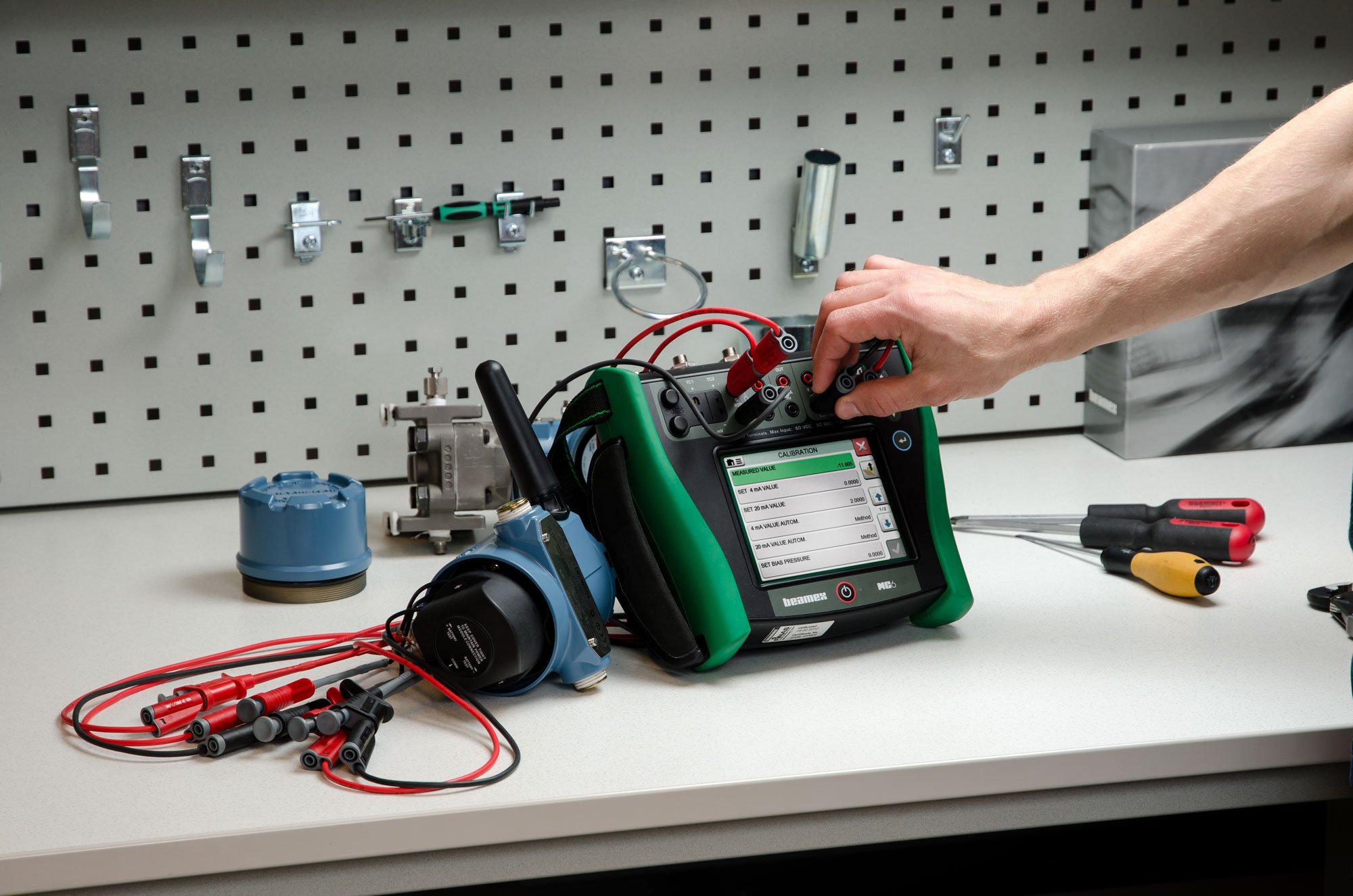
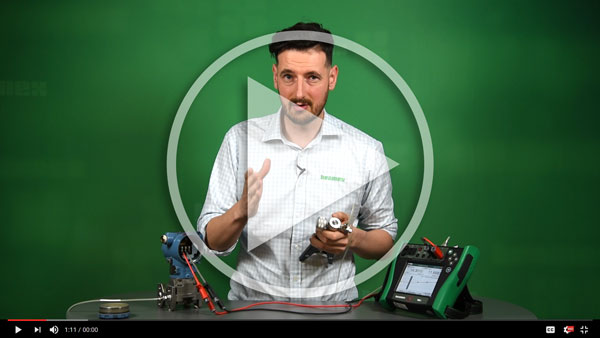
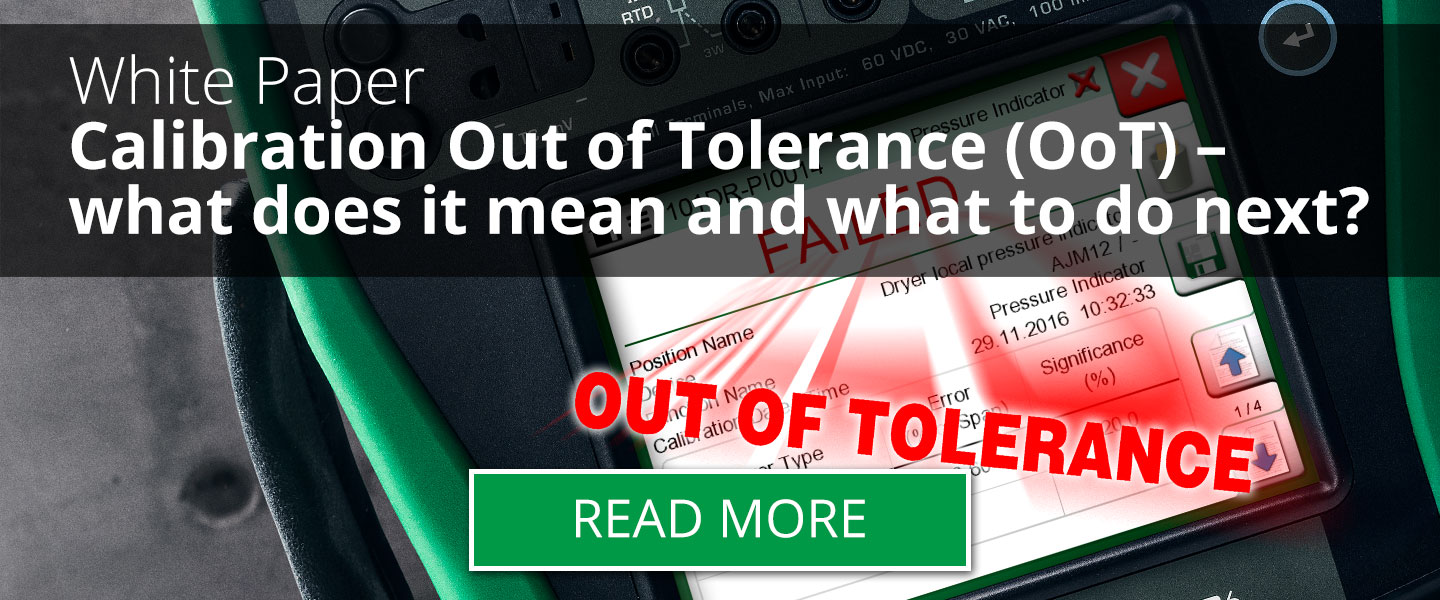
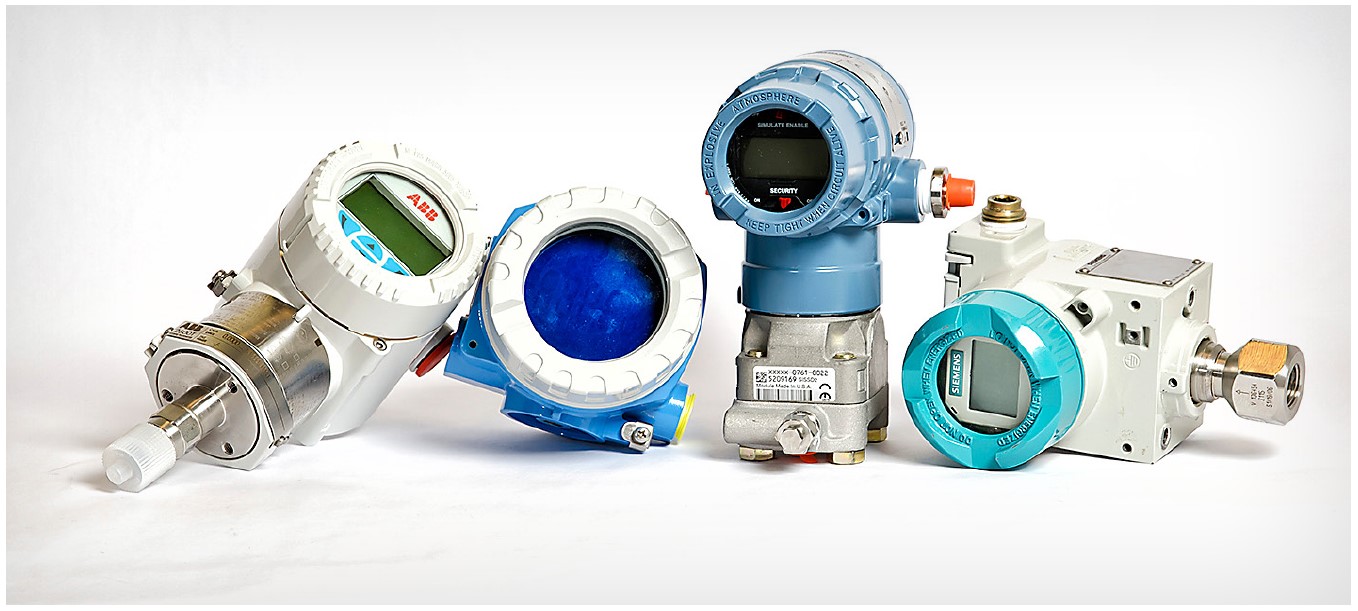
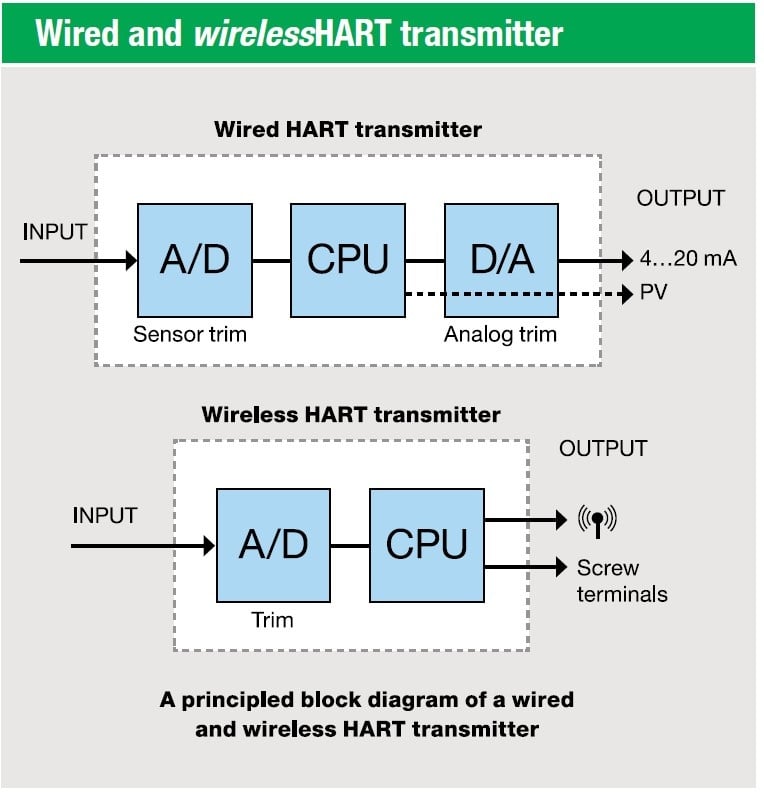
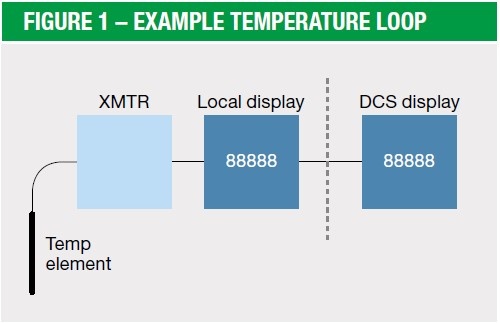
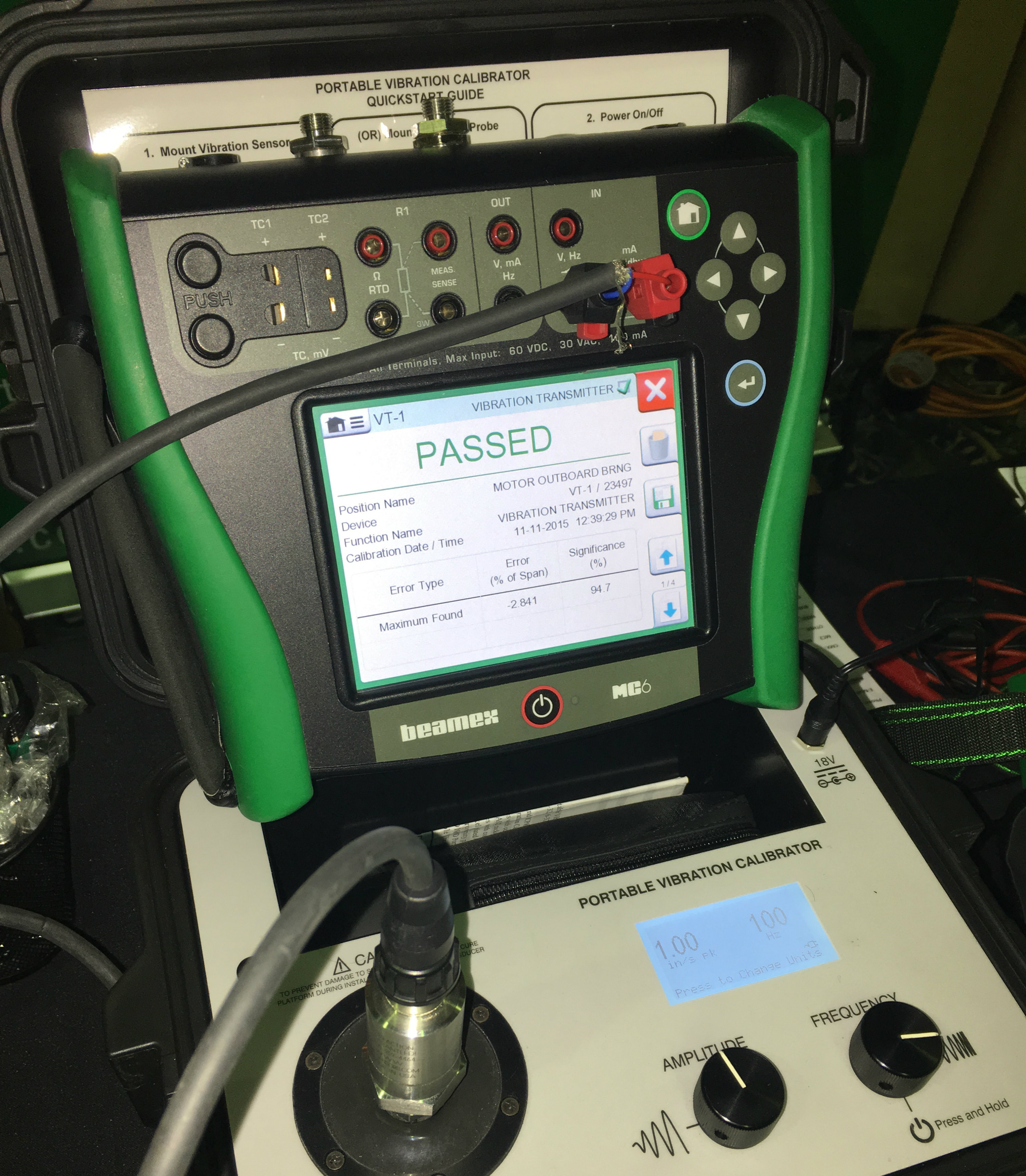
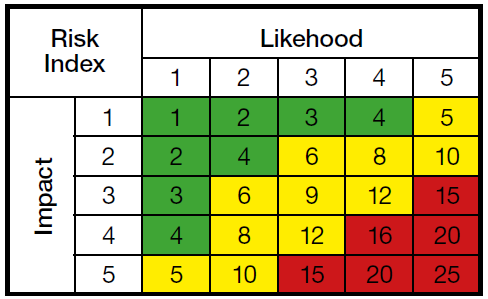
.png)

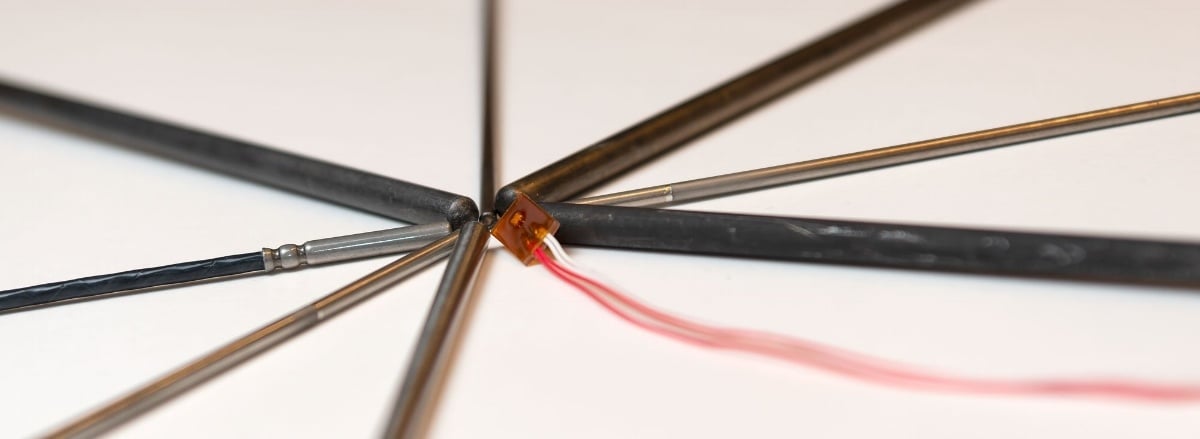
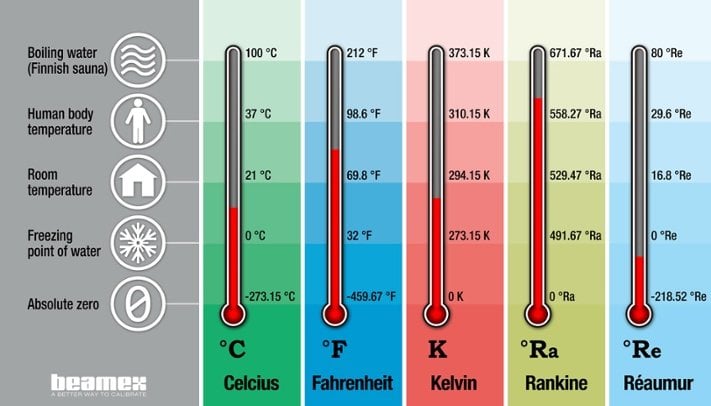

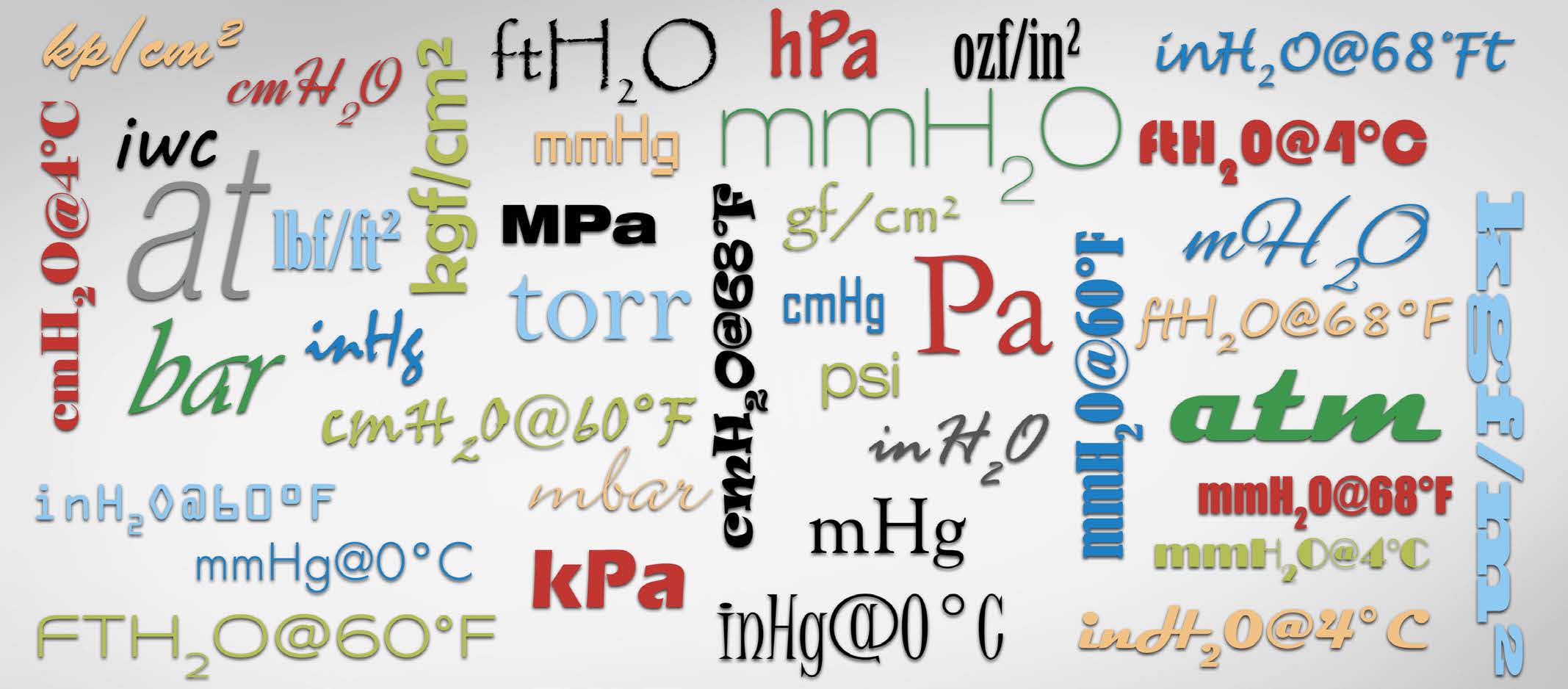
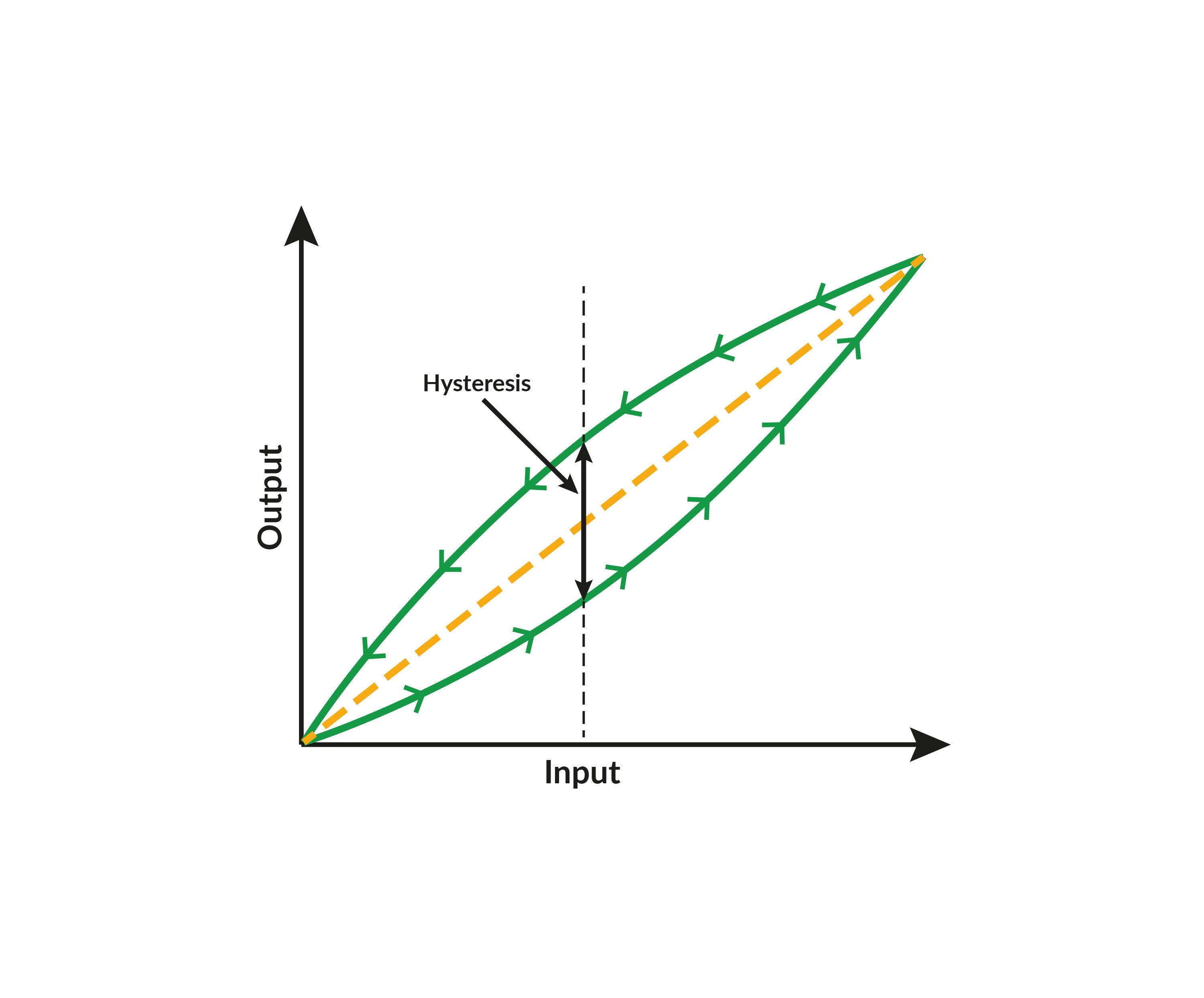
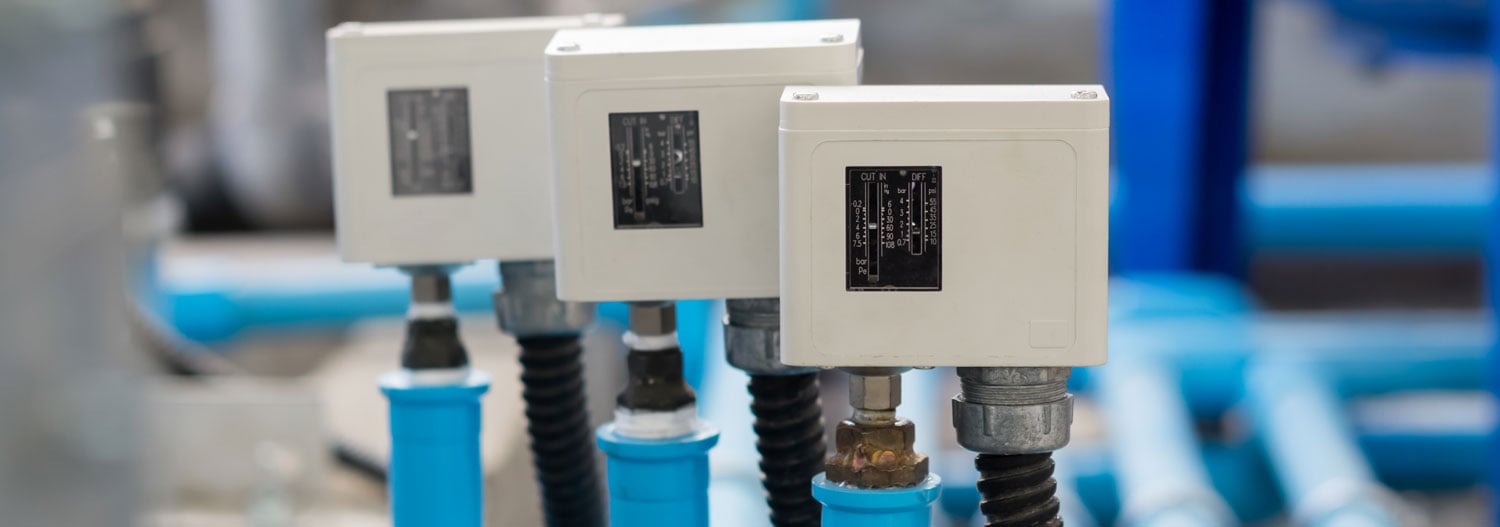
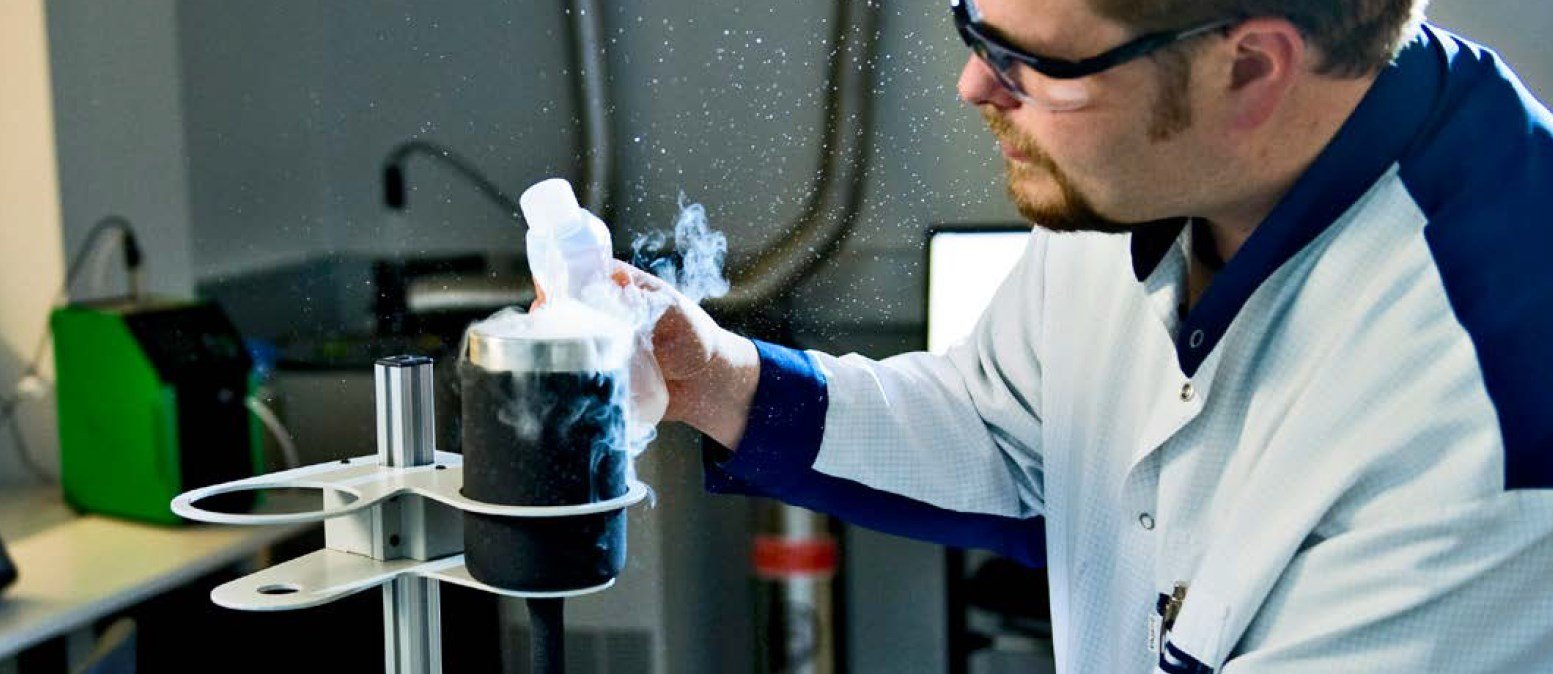
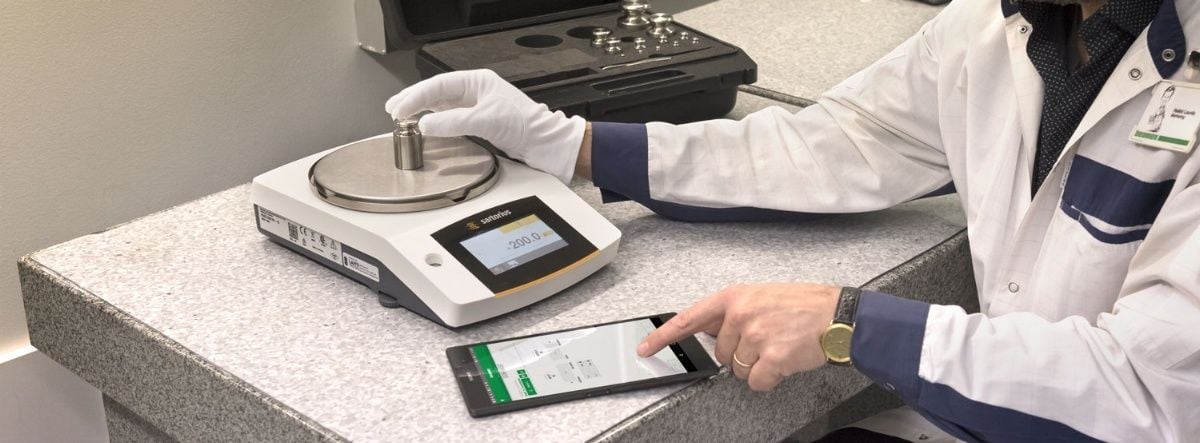
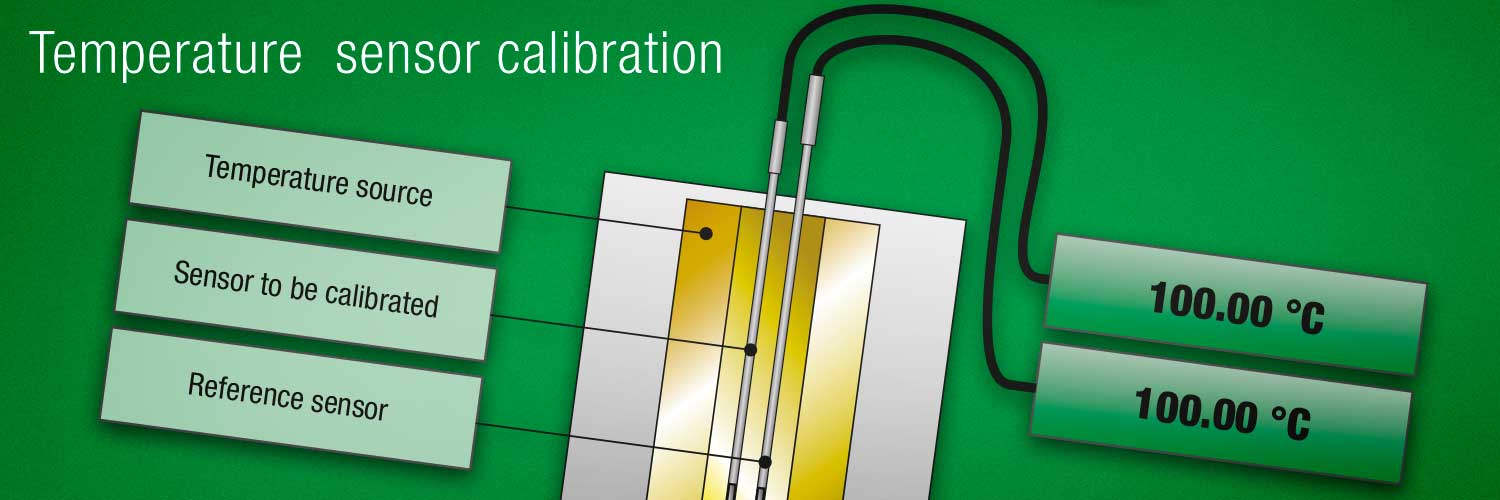

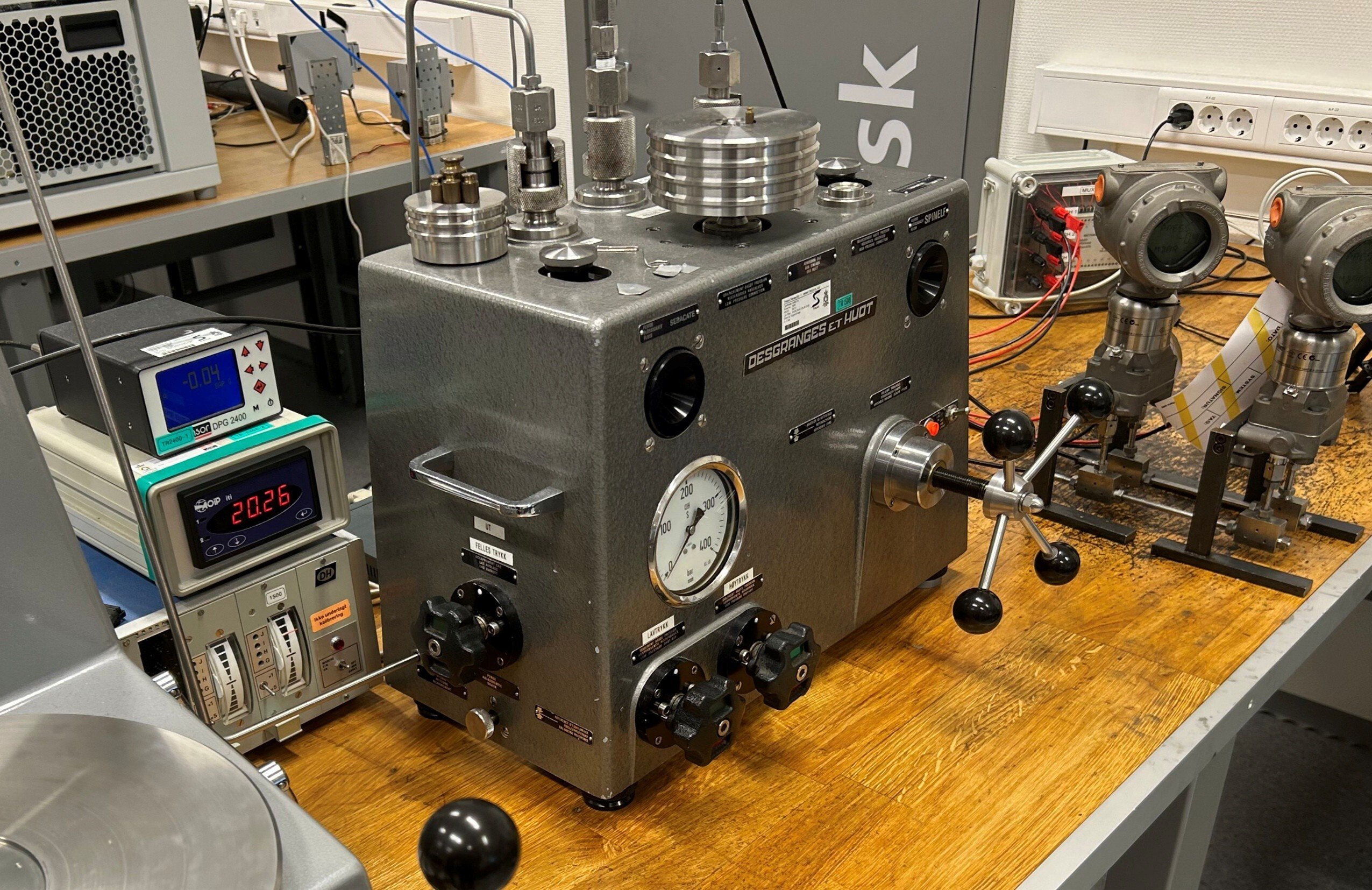
.jpg)
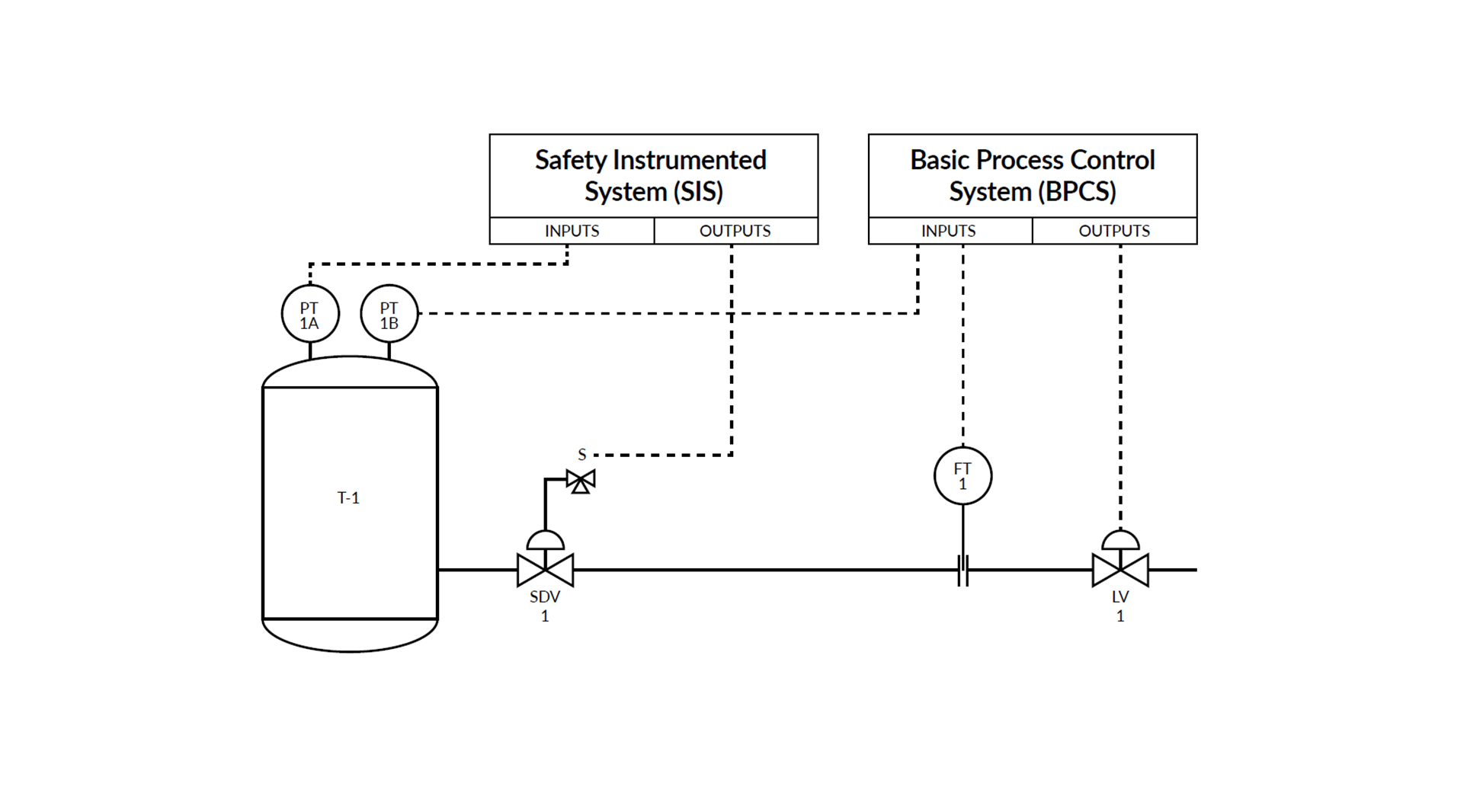

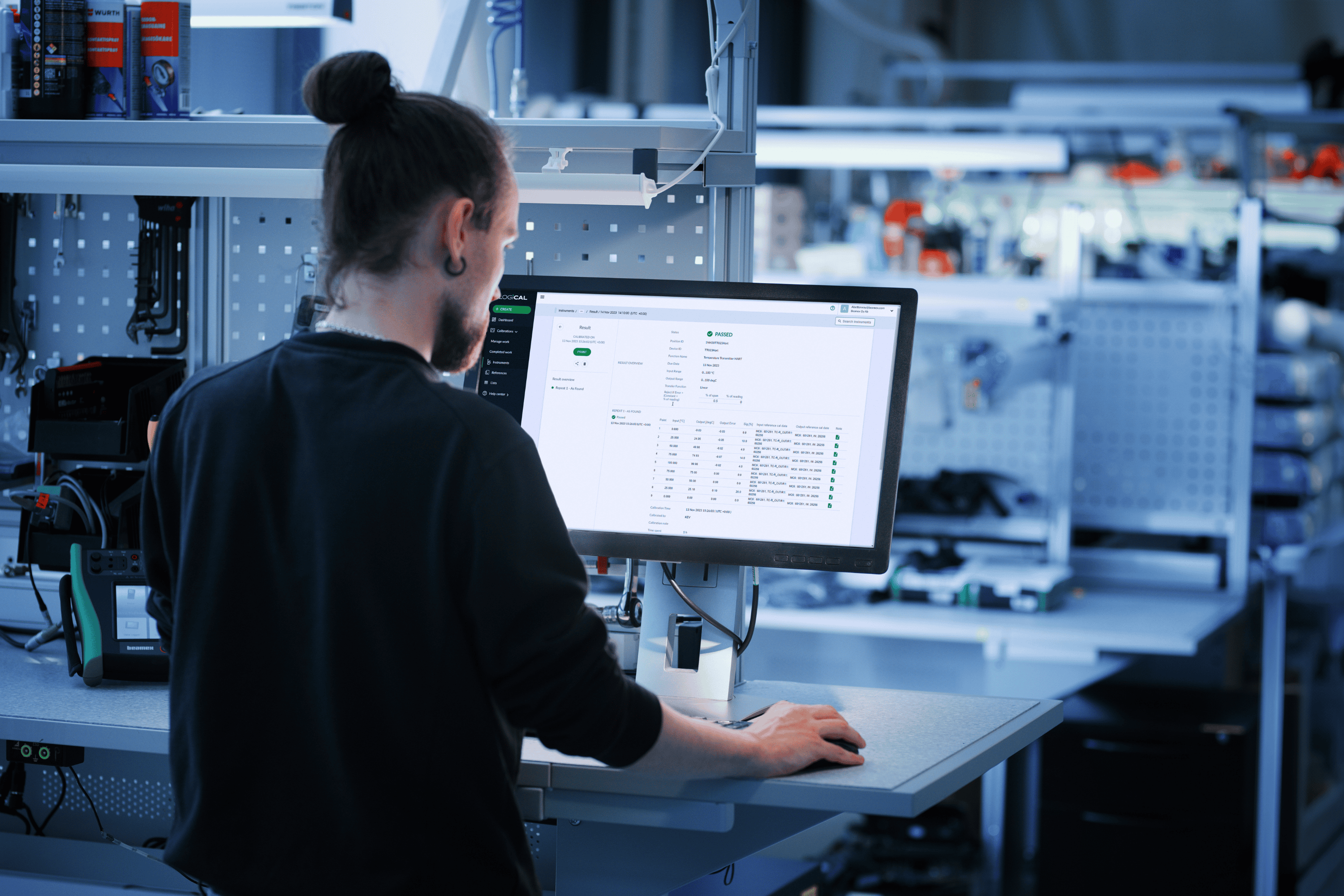
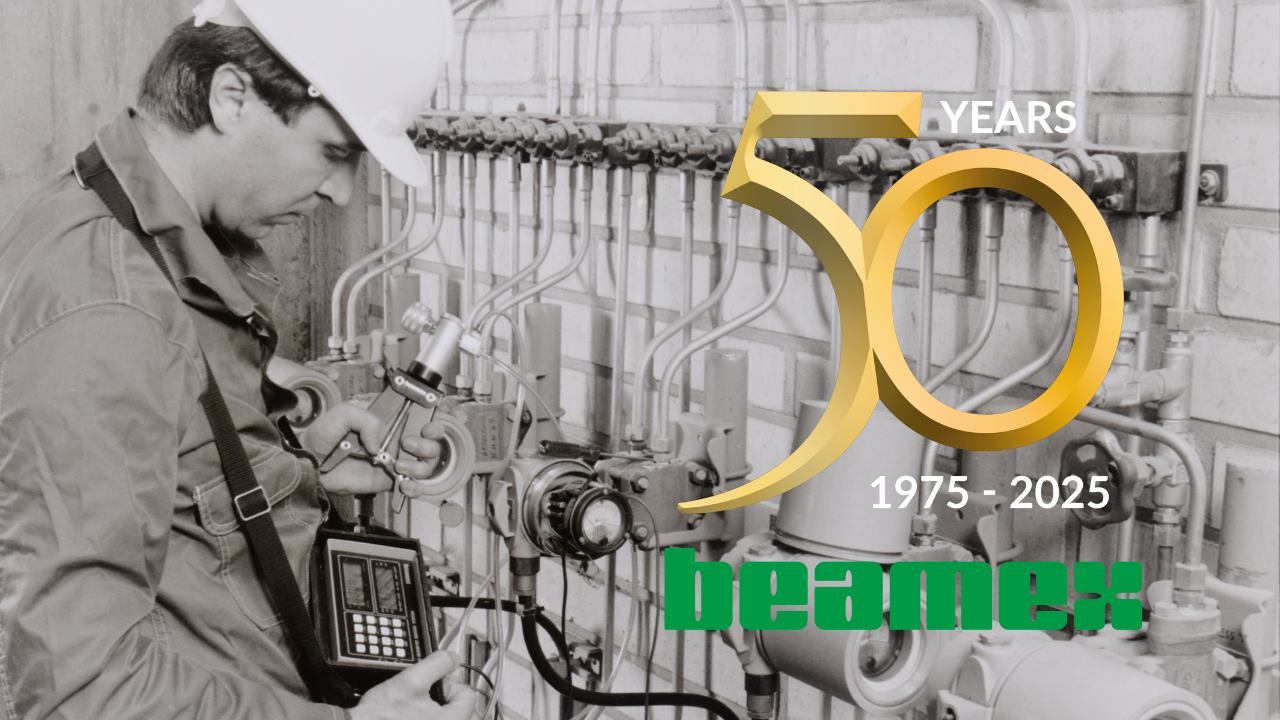

.png)
.png)
Discussion